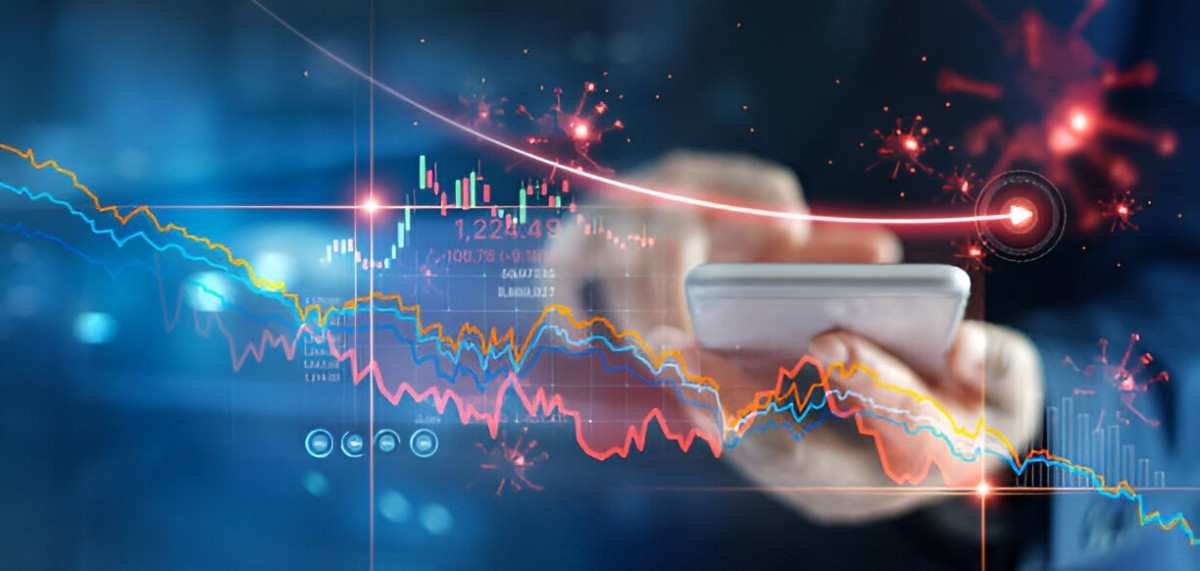Introduction
Understanding terminal markets is crucial for anyone involved in finance, trade, and commodities. These markets play a vital role in price discovery, risk management, and the efficient movement of goods. I will walk you through the core functions of terminal markets, their impact on financial systems, and how traders, investors, and businesses use them. By the end of this guide, you will have a comprehensive understanding of how terminal markets operate and why they matter.
Table of Contents
What is a Terminal Market?
A terminal market is a centralized marketplace where commodities, financial instruments, and other tradeable assets are bought and sold. These markets act as hubs for wholesale transactions, facilitating large-scale trade between producers, suppliers, and end-users. Unlike retail markets, terminal markets serve as intermediaries between suppliers and businesses that require bulk goods.
Key Characteristics of Terminal Markets
- Wholesale Nature: Transactions occur in large quantities.
- Price Discovery Mechanism: Prices are determined based on supply and demand.
- Risk Mitigation: Futures contracts and options help hedge against price fluctuations.
- Liquidity: High trading volume ensures efficient buying and selling.
Comparison Between Terminal Markets and Spot Markets
| Feature | Terminal Market | Spot Market |
|---|---|---|
| Transaction Type | Futures & Options | Immediate Settlement |
| Participants | Large-scale traders, institutions | Retail traders, businesses |
| Price Determination | Based on future price expectations | Based on current supply & demand |
| Risk Management | Offers hedging through derivatives | No risk mitigation tools |
Types of Terminal Markets
1. Commodity Terminal Markets
These markets facilitate the trade of raw materials such as oil, metals, and agricultural products. Examples include the Chicago Mercantile Exchange (CME) and the London Metal Exchange (LME).
2. Financial Terminal Markets
These markets deal in financial instruments such as stocks, bonds, and derivatives. The New York Stock Exchange (NYSE) and NASDAQ function as terminal markets for financial assets.
3. Foreign Exchange (Forex) Terminal Markets
The global forex market is an example of a terminal market where currencies are exchanged at fluctuating rates. Forex trading platforms such as the Electronic Broking Services (EBS) facilitate currency transactions.
How Terminal Markets Impact Finance
1. Price Discovery
Terminal markets aggregate global supply and demand, ensuring fair price formation. The price of crude oil, for example, is influenced by trading on the NYMEX.
2. Hedging and Risk Management
Businesses hedge against price volatility using futures contracts. Suppose a farmer expects wheat prices to drop. They can enter a futures contract to sell wheat at a fixed price, securing revenue regardless of market fluctuations.
The profit or loss from a futures position is given by: P = (S_f - S_i) imes Q where:
- P is the profit/loss,
- S_f is the final settlement price,
- S_i is the initial contract price,
- Q is the quantity.
3. Liquidity and Market Efficiency
High trading volumes in terminal markets ensure that participants can enter or exit positions quickly, reducing bid-ask spreads and increasing efficiency.
4. Investment and Speculation
Investors use terminal markets to speculate on price movements, earning profits through strategic trading.
Example: Trading in a Commodity Terminal Market
Suppose an oil trader buys a futures contract for 1,000 barrels of crude oil at $70 per barrel. If the price rises to $75, the profit is calculated as:
P = (75 - 70) imes 1000 = 5000If the price drops to $65, the trader incurs a loss:
P = (65 - 70) imes 1000 = -5000Role of Terminal Markets in the U.S. Economy
1. Stabilizing Commodity Prices
Terminal markets prevent extreme volatility by allowing price hedging. This stabilizes the prices of essential goods such as wheat, oil, and metals.
2. Enhancing Trade Efficiency
By centralizing transactions, terminal markets streamline trade, reducing transaction costs and improving market transparency.
3. Employment and Economic Growth
Terminal markets generate employment opportunities for traders, analysts, brokers, and financial professionals, contributing to overall economic expansion.
Regulatory Framework Governing U.S. Terminal Markets
The Commodity Futures Trading Commission (CFTC) and the Securities and Exchange Commission (SEC) regulate terminal markets in the U.S. to ensure fair trading practices, prevent market manipulation, and protect investors.
Conclusion
Terminal markets are integral to the financial system, influencing commodity prices, economic stability, and investment strategies. Whether you are a trader, investor, or business owner, understanding terminal markets helps you make informed financial decisions. Their role in price discovery, liquidity, and risk management makes them indispensable in modern finance.





